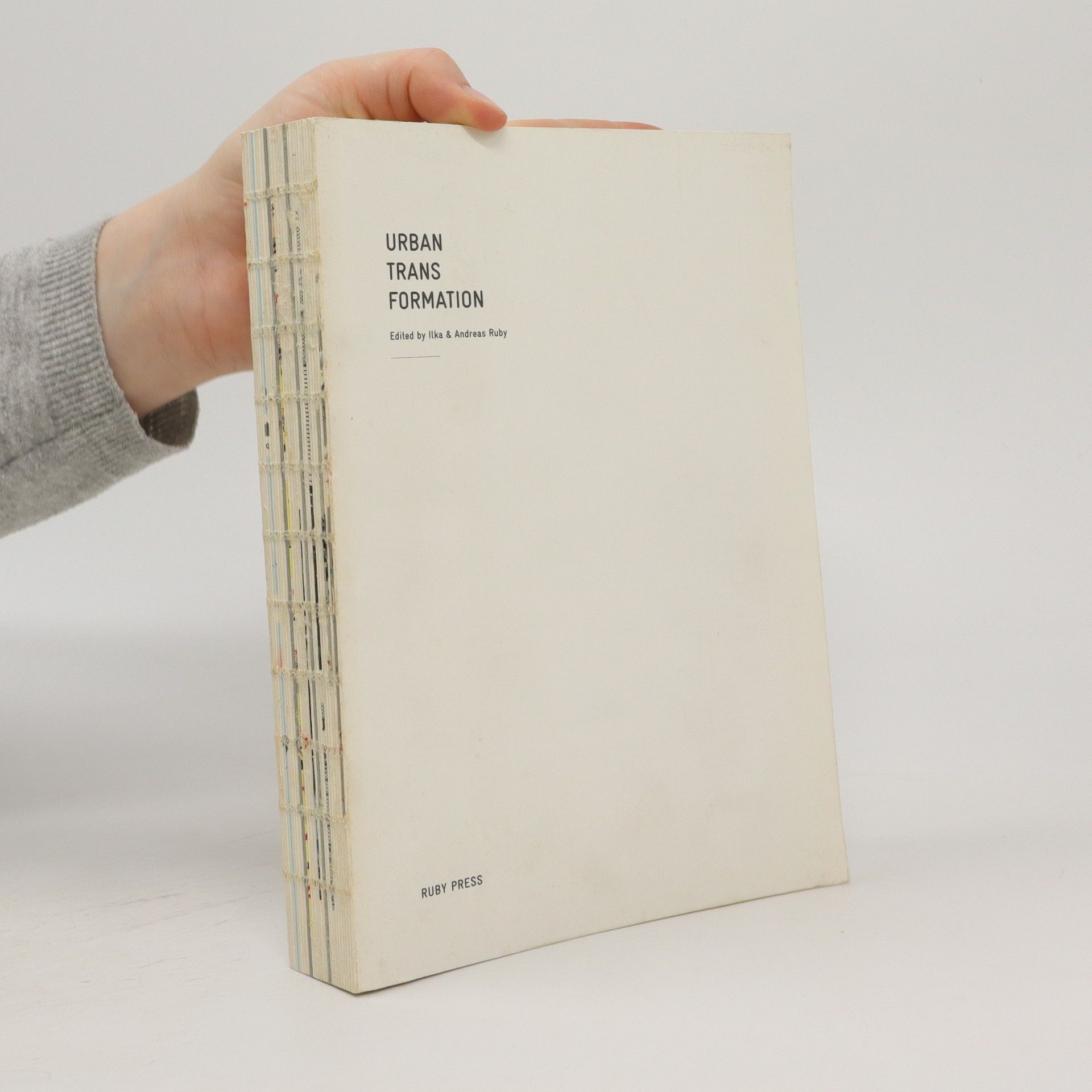Besser als neu
Wie man eine Bürofassade emissionsarm und zirkular saniert
Der Bausektor verursacht 38% der globalen CO2-Emissionen, wobei ein Großteil auf graue Emissionen entfällt. Diese entstehen nicht durch Heizen oder Kühlen, sondern bei der Materialgewinnung, Herstellung von Baustoffen, Maschinenbetrieb, Transport und Abriss. Um die Baubranche zu dekarbonisieren, ist die Reduktion dieser grauen Emissionen entscheidend. Der Erhalt und die Wiederverwendung von Bauteilen spielen dabei eine zentrale Rolle. Am Beispiel einer Fassadensanierung eines Bürohauses in Basel wird konkret aufgezeigt, was Erhalt und Wiederverwendung in der Praxis bedeuten. Es wird erläutert, wie die einzelnen Fassadenteile – von Fensterdichtungen bis Aluminiumverkleidungen – demontiert, gereinigt und wiederverwendet wurden, welche Materialien entsorgt werden mussten und wie sich dies auf die CO2-Bilanz auswirkt. Darüber hinaus bietet das Buch einen verständlichen Einblick in die Konzepte von Reduce-Reuse-Recycle und stellt wichtige Fragen zu den Herkunft und dem Verbleib von Baumaterialien sowie den CO2-Bindungen. Es dient als praktische Anleitung mit anschaulichen Zeichnungen und Diagrammen, die sowohl Architekten als auch Immobilienbesitzern helfen, die Lebensdauer ihrer Gebäude klimaverantwortlich zu verlängern.

